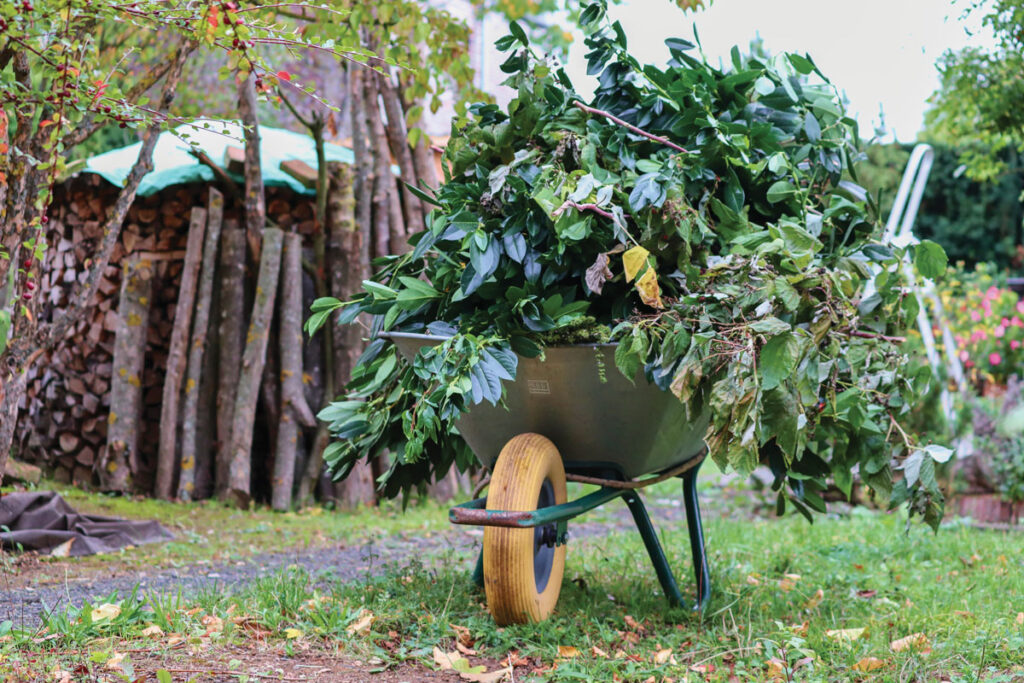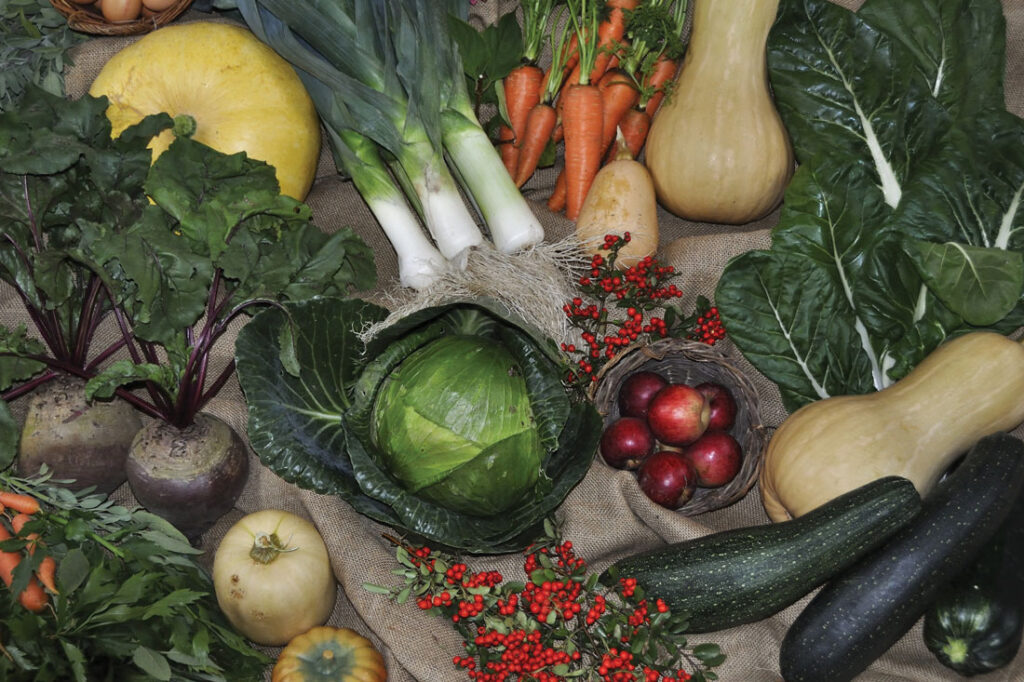5 Ways to Prepare your Garden for Next Spring
By Avery Walker

The weather is getting cooler, leaves are changing, and pumpkin spice is everywhere. Perhaps the last thing on your mind is planning your spring garden. Experienced gardeners will tell you that proper gardening requires planning, and now is the time to give your garden a head start toward a productive growing season.
Declutter and Debug
When the final fruits of your labor have been harvested from your vegetable garden, pull up the old plants – especially those that have been affected by insects or disease. Although it might be tempting to compost last year’s stalks, there’s a risk that they will breed pests that could harm next year’s crops, so check carefully before throwing them in. Beans and peas are an exception to this rule, as leaving their stalks in the ground can help to replenish nitrogen in the soil. One method is to cut the stalks off at ground level and leave the roots to decompose through the winter. Others choose to till the plants into the soil. Again, remember to check to be sure you are only composting healthy plants.
Turn a Mess into Mulch
If you have trees on your property, that mess of falling leaves each year can be transformed into a valuable resource for your garden. Leaf mold can be spread on vegetable or flower gardens in the fall and turned into the soil in the spring. This easy-to-make soil conditioner has been known to improve soil structure and increase water retention by 50 percent or more. Leaf compost is easy to make. First, collect leaves in a corner of the yard or in a compost bin. Keep them moist and contained using a tarp or a black trash bag with holes for ventilation. For faster decomposition, chop the leaves into smaller pieces and turn the pile periodically with a shovel or rake. Leaf mold does take some time to decompose, so start making next year’s batch with this year’s leaves.
Prepare for a Flowery Spring
One welcoming early sign of spring is the emergence of flowering bulbs that begin to peek out from the ground when it begins to warm. If you want to enjoy early blooms next spring such as daffodils, irises, tulips, and lilies, bulbs should be planted in the fall, several weeks before the forecasted first frost. If you have considered planting a wildflower patch for the bees or for cutting flowers, these can be sown in the fall and usually into December. Planting early gives the seeds a chance to germinate and establish a healthy root system. If the soil is under 70 degrees, the seeds will lie dormant and sprout in the spring.
Give your Garden a Facelift
While your garden is resting for the winter, take this opportunity to repair any damage to your garden or make improvements for next year. Check raised beds that may have rotting wood or loose boards. Repair areas of fencing or give them a fresh coat of paint. Weed around borders and lay down stepping stones during this break in the growing season. Perhaps you might want to use this time to lay out plans for a new garden bed or build additional raised beds or fencing.

Just Keep Growing
Not ready to call it quits for the winter? Much of North Carolina falls under USDA zone 7, which means there are a few plants that can withstand being planted in October and still have time to produce before a typical winter sets in. Leaf lettuce, radishes, and mustard greens, for example, can be planted during the first few weeks of October. Garlic in particular should be planted in the fall in order to produce stronger bulbs for harvesting next summer. It can be planted anytime during the fall as long as the ground is not frozen. When tending to winter crops, be prepared with coverings for the rows or individual plants in case of an unexpected heavy frost and use mulch to protect root crops.
Do you have any fall gardening tips? Share them with us on our Instagram (@kernersvile.magazine) or on our Facebook page!

